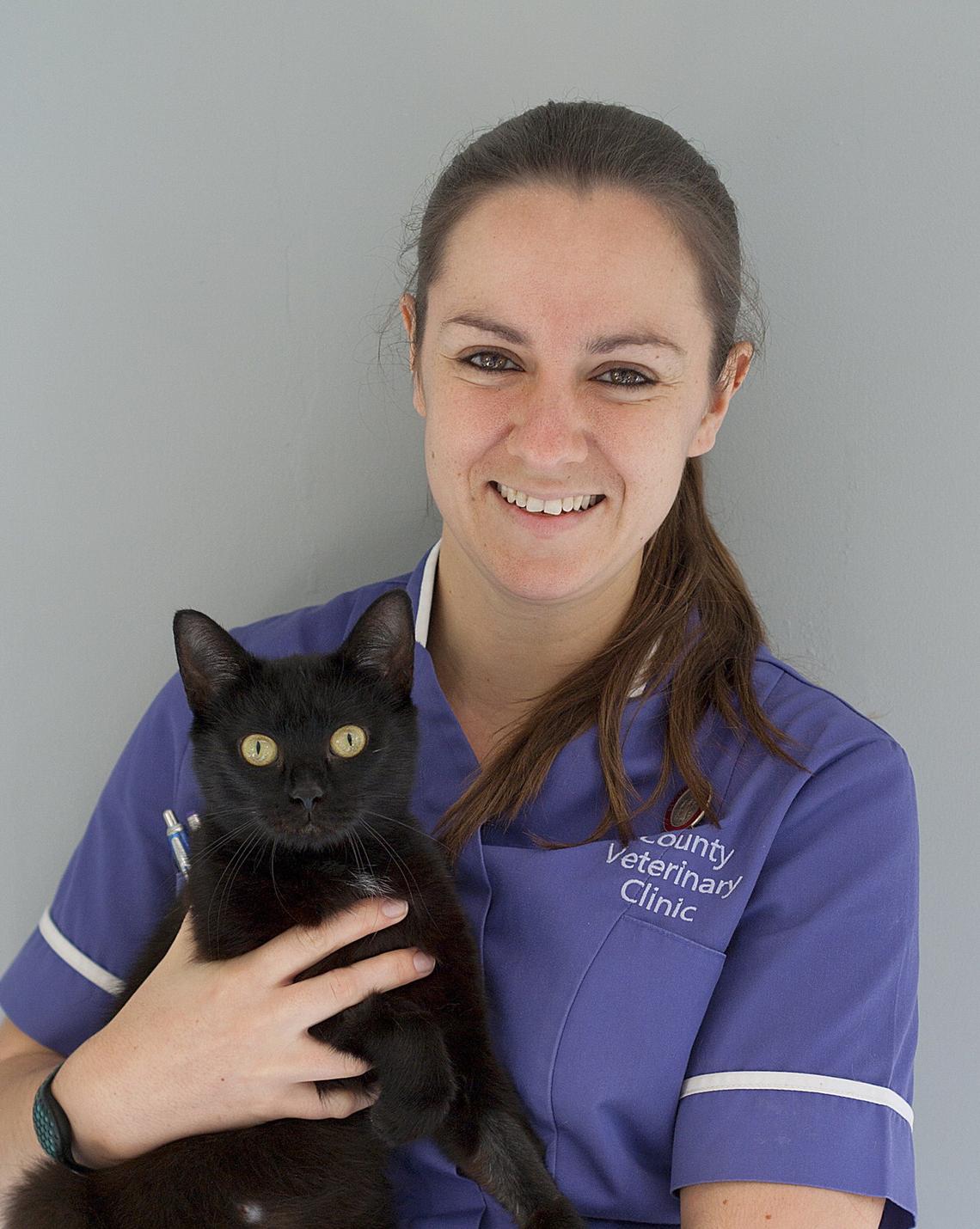VNJ Articlesclinicalendocrinefelinehyperthyroidismnursingsurgery
23 August 2022
Surgical treatment of the hyperthyroid feline patient by Sarah Whiteman
ABSTRACT: Hyperthyroidism occurs due to over production of the thyroid hormones (triiodothyronine — T3 and thyroxine—T4) by the thyroid gland and is a common condition of older cats. Diagnosis is usually suspected on the basis of clinical history and physical examination and can typically be confirmed on assessment of serum basal total thyroxine levels. There are a number of treatment options available, with medical stabilisation followed by surgery chosen in around 27.5% of cases. Post-operative monitoring is important in these patients due to the risk of complications, although this is dependent upon the surgery carried out and surgical technique used. A good success rate and prognosis following surgery is reported.
Author
Sarah Whiteman BSc(Hons) RVN

Sarah graduated from the University of Bristol in 2015 with first class honours in Veterinary Nursing and Bioveterinary Science. After qualifying, Sarah worked at a first opinion practice in Taunton for 4 years before moving to a veterinary hospital in Bath. Sarah particularly enjoys internal medicine and inpatient care. Email: sarah-whiteman@hotmail.com
Keywords: feline; hyperthyroidism; surgery; nursing; endocrine
To cite this article: Veterinary Nursing Journal • VOL 35 (02) • February 2020 pp34-37
To gain access to this article, select one of the links below:
